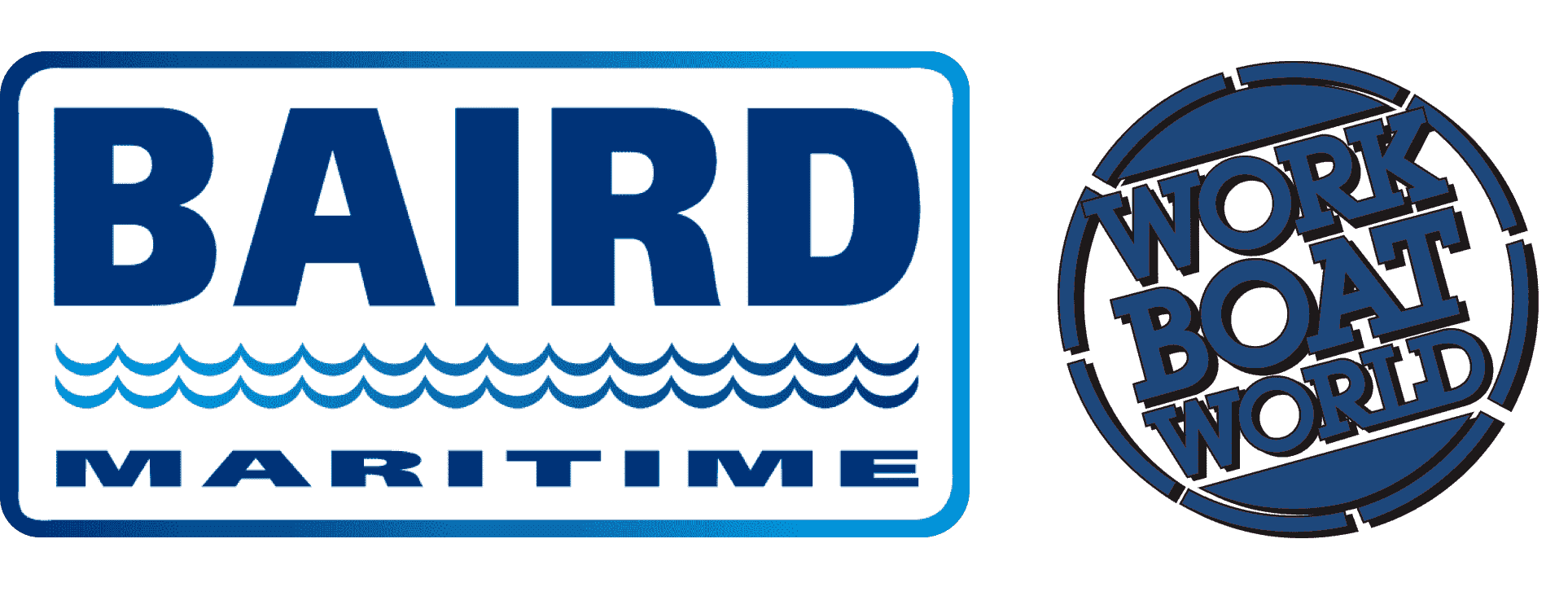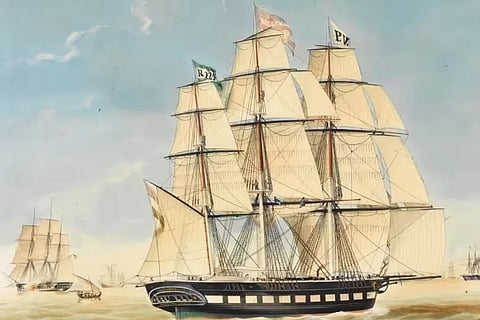Wreck of Dutch sailing ship lost in 1857 discovered on seabed off South Australia
Researchers have confirmed the location of a Dutch sailing ship that sank off the coast of South Australia nearly 170 years ago.
A team composed of researchers from the Australian National Maritime Museum, the South Australia Department for Environment and Water, and Flinders University said that they have identified the final wresting place of Koning Willem de Tweede, a Dutch merchant ship that sank in Guichen Bay near Robe in June 1857.
Sixteen of the ship's 25-strong crew drowned and were later buried in the dunes of Long Beach, which forms Guichen Bay’s eastern shoreline.
The Koning Willem de Tweede shipwreck project commenced in April 2022 with a primary purpose of searching for, locating, and archaeologically surveying the shipwreck’s remains.
Using a combination of marine magnetometer and underwater metal detectors, the team located what is believed to be iron components of the ship’s windlass partially protruding from the seabed, as well as a partially exposed iron frame.
A well-preserved timber plank was noted beneath the windlass, suggesting more of the shipwreck’s hull structure is present but currently buried.
All exposed elements of the shipwreck site were documented and plotted within the larger complex of anomalies detected by the magnetometer. These anomalies were buried at the time of the survey but indicate the presence of other large iron artefacts and hull components.
The team is confident the shipwreck is that of Koning Willem de Tweede based on its location, which corresponds to historic accounts of the vessel’s loss, and is the only known historic shipwreck event to have occurred on that stretch of Long Beach.
In addition, the complex of magnetic anomalies approximately matches that of the ship’s historically documented length (42.7 metres), and no other large, complex magnetic contacts were encountered within a one-kilometre radius of the location where the windlass was found.
Fragments of 19th-century Chinese coarse earthenware ceramic were located on the beach immediately adjacent to the shipwreck site in March 2023, further supporting its identity as Koning Willem de Tweede, which was named in honour of King William II of the Netherlands.
Future monitoring visits to the shipwreck site are being planned and will assess its condition and document additional hull remains and artefacts that may be exposed by changes to the seabed.
The Koning Willem de Tweede shipwreck project has been assisted by the Dutch Ministry of Foreign Affairs, through the Embassy of Kingdom of the Netherlands in Australia and the Cultural Heritage Agency of the Netherlands.


